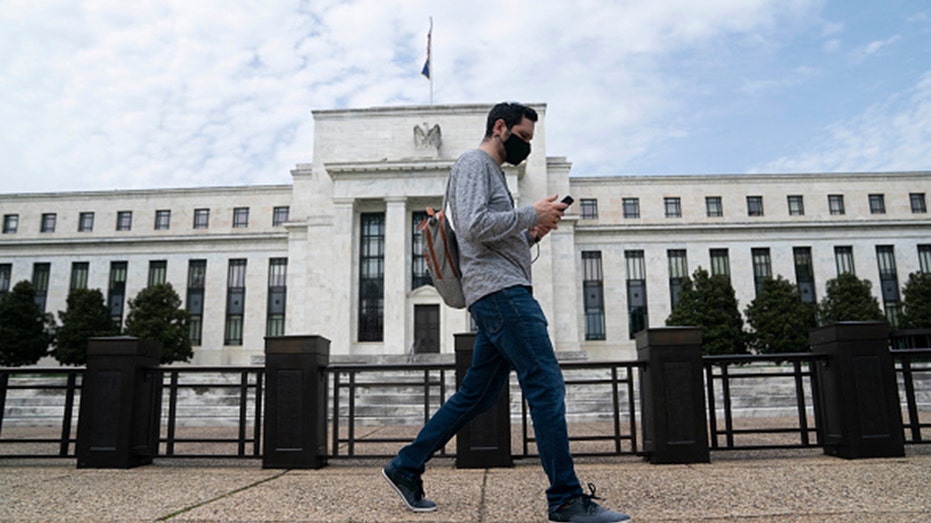Goldman expects the Fed to hike interest rates 4 times this year as inflation risks grow
Goldman thinks Fed will begin running down balance sheet by July
Would the Fed risk triggering a recession?
NatWest Markets global economics co-head Michelle Girard analyzes the December jobs report on 'Making Money.'
The Federal Reserve will likely raise interest rates four times this year and will begin reducing its balance sheet by July as it confronts an inflation surge that has been higher and longer-lasting than policymakers initially predicted, according to Goldman Sachs analysts.
The Wall Street bank's chief economist, Jan Hatzius, said in an analyst note Sunday that he expects the U.S. central bank to chart an aggressive path toward policy normalization in 2022, citing the rapidly recovering labor market and hawkish signs in the minutes from the Federal Open Market Committee's meeting last month.
"Declining labor market slack has made Fed officials more sensitive to upside inflation risks and less sensitive to downside growth risks," Hatzius wrote. "We continue to see hikes in March, June, and September, and have now added a hike in December for a total of four in 2022."

Federal Reserve Chair Jerome Powell arrives to speak at a news conference, Tuesday, March 3, 2020, to discuss an announcement from the Federal Open Market Committee, in Washington. ((AP Photo/Jacquelyn Martin) / AP Newsroom)
Goldman previously penciled in three interest rate increases this year, in line with the economic projections from Fed officials in December.
In forecasting the faster withdrawal of pandemic-era support for the economy, Hatzius noted the unemployment rate fell to 3.9% in December and wages rose 0.6% from the previous month. Although employers added just 199,000 jobs, well below the consensus forecast for a gain of 400,000, the Goldman economist said he does not believe the Fed will be deterred by lackluster job growth as it moves to quell the hottest inflation in four decades.
The analyst note precedes the release of new Labor Department data this week, which is expected to show that inflation rose more than 7% in December from the year-ago period, the fastest pace since 1982.
Hatzius, in addition to predicting four rate hikes next year, said he thinks the central bank will start running down its $8.8 trillion balance sheet no later than July – much sooner than the initial December forecast. He pointed to comments made last week by San Francisco Fed President Mary Daly, who suggested that policymakers could begin reducing their balance sheet after just one or two rate hikes.

A man wearing a mask walks past the U.S. Federal Reserve building in Washington D.C., the United States, on April 29, 2020. ((Xinhua/Liu Jie via Getty Images) / Getty Images)
"We are therefore pulling forward our runoff forecast from December to July, with risks tilted to the even earlier side," Hatzius wrote. "With inflation probably still far above target at that point, we no longer think that the start to runoff will substitute for a quarterly rate hike."
The Fed slashed rates to near zero in March 2020 and launched a massive $120 billion-a-month bond-buying program in order to insulate the economy from the pandemic, which froze business activity worldwide. The rate is currently anchored around 0.08%.
Hatzius expects the federal funds rate will fall somewhere between 2.25% and 2.75% by the end of 2022.





















